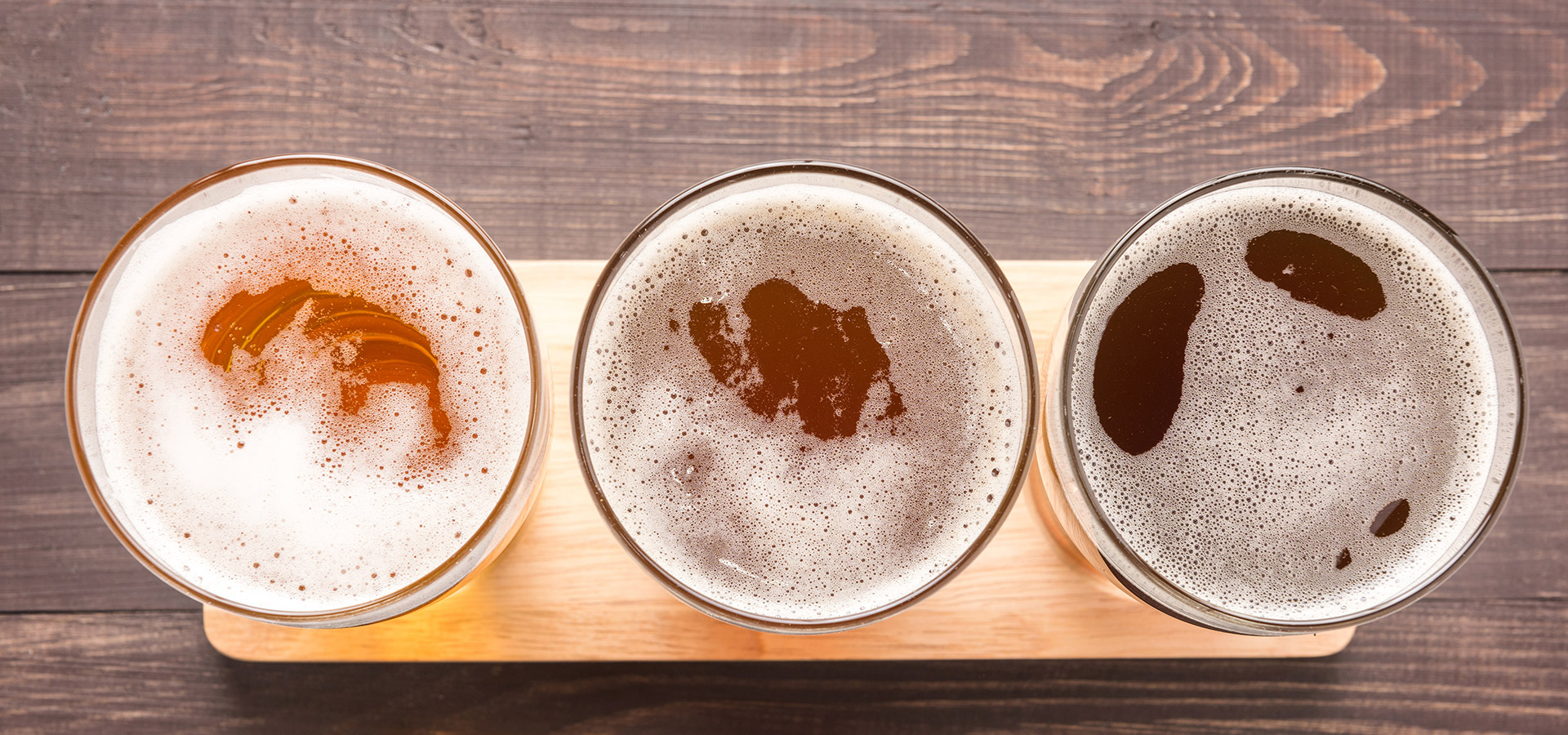Farmer-brewers in the fjords of Norway may join lacemaking in Croatia, the Rumba in Cuba, falconry in Mongolia and hand-puppets in Egypt on the Unesco List of the Intangible Cultural Heritage of Humanity.
The farm brewers of Western Norway, who are continuing a practice once common across northern Europe of brewing at home for harvest and celebration, use a unique centuries-old strain of yeast called kveik, a word that means “kindling” in Norwegian dialect, which has evolved to survive frequent drying-out as it is stored between brews, and which ferments rapidly and at much higher temperatures than normal brewer’s yeast.
The use of kveik, and other tradition Norwegian farm brewing practises, such as flavouring the beer with juniper rather than hops, had almost died out. But since 2014 there has b een a boom in interest in this rare and previously almost unknown way of brewing, with yeasts being gathered from farmhouse brewers in places such as Voss and Hardanger in Western Norway. Norwegian farmhouse yeasts are now being used by hundreds of craft breweries in the United States and elsewhere to make beer, and there are now more than1,500 different beers with “kveik” in their name on the beer rating site Untapped.
However, the people of West Norway, while happy that others are enjoying the flavours that come with beers made from their unique yeasts, are worried that their cultural heritage is still in danger. To try to safeguard that heritage in the face of the commercialisation of kveik, the West Norway Cultural Academy has launched a project to apply for traditional brewing with kveik in western Norway to be listed by Unesco, the United Nations Educational, Scientific and Cultural Organization, under the Convention for the Safeguarding of the Intangible Cultural Heritage.
Since the convention came into being in 2006, more than 500 “intangible cultural heritages” have been recognised in more than 120 countries, including reggae in Jamaica, Neapolitan pizzaiuolo, Kabuki theatre in Japan, and windmill operating in the Netherlands.
It will take at least a couple of years to gather all the evidence for the application, investigating the history of farmhouse brewing in Western Norway, trying to produce a “molecular clock” to show when kveik as a family of yeasts broke away from “mainstream” brewing yeasts, talking to surviving farm brewers about their techniques and methods, and the importance of home brewing to their lives and the lives of people in their communities. Then a case will be put together to go to the Norwegian government, and the government can, if it approves, put in the application for recognition of farmhouse brewing as an “intangible cultural heritage” to Unesco. Atle Ove Martinussen, chief executive of the West Norway Cultural Academy, said: “It’s very important to stress that this is an unbroken living tradition, even if fewer and fewer people are doing this traditional brewing.”
Lars Marius Garshol, the Norwegian beer writer whose investigations into kveik largely helped launch interest in the subject, said: “Correctly marketed, brewing with kveik could become part of the popular image of ‘Fjord Norway’ – and it should, because beer was and is a major part of local culture.”
ENDS
Contact Atle Ove Martinussen at atleove58@gmail.com
